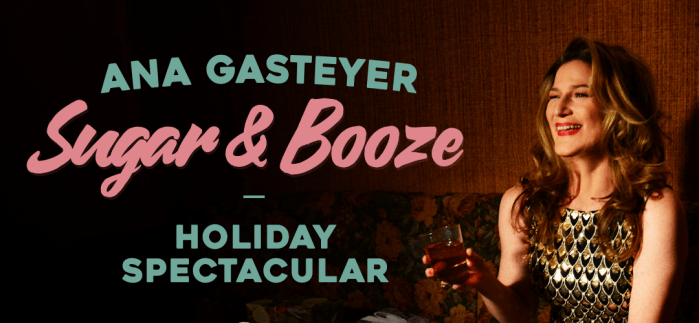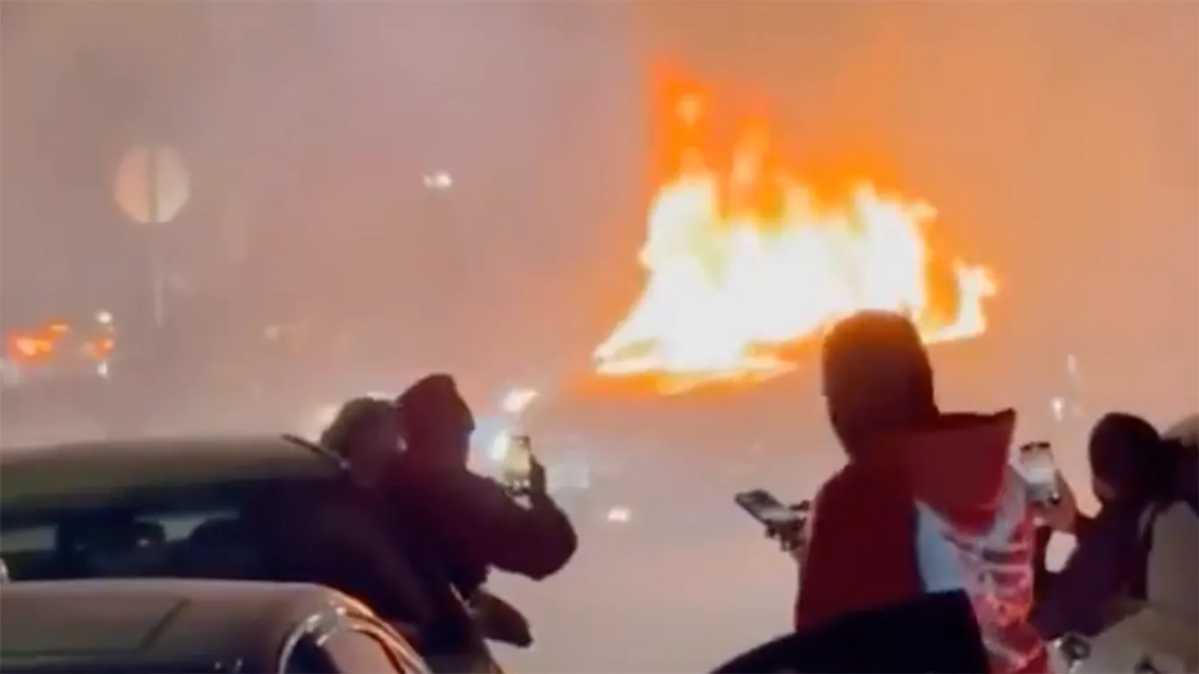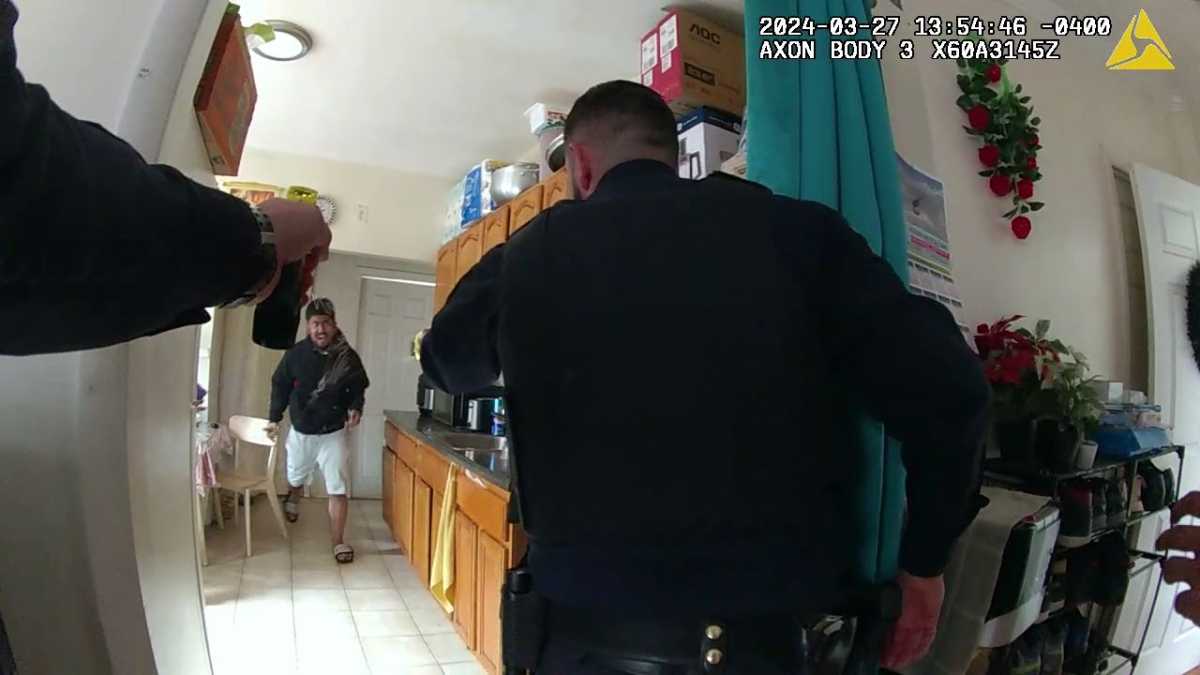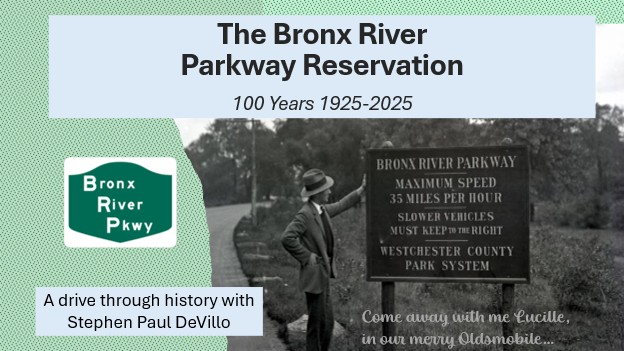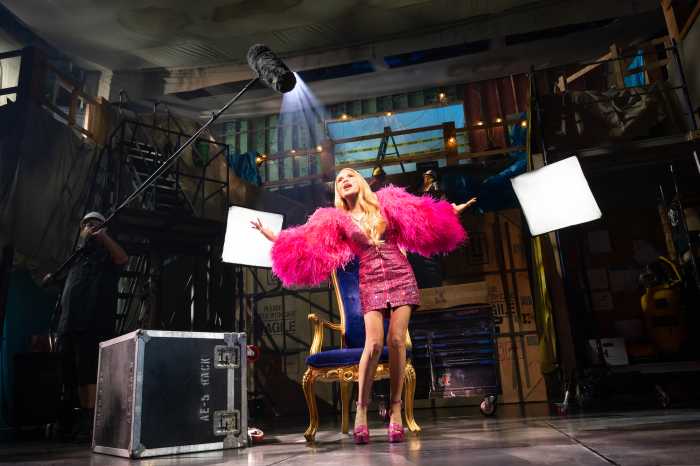By Ed Koch
Volume 74, Number 29 | November 17 – 22, 2004
koch on film
“Enduring Love” (-)
This movie even put my foot to sleep. When the lights went up, I couldn’t walk and had to endure another couple of minutes hopping around.
The film had been suggested to me as a possible spin on the first-rate flick “Fatal Attraction.” In this case, a man is pursued by a male stalker. College professor Joe (Daniel Craig) and his sculptor girlfriend, Claire (Samantha Morton), are picnicking with friends in the English countryside when a hot air balloon suddenly lands on a nearby lawn. A man jumps out leaving a boy behind in the basket, and bystanders run to rescue the boy as the balloon suddenly takes off. Four men hold the balloon down by its ropes, but one lets go and then the rest do, except for one rescuer who holds on until he falls to his death. The balloon eventually lands miles away, and the boy is saved. Joe is racked with guilt over the tragedy and wonders whether he was the first to let go.
One rescuer, Jed (Rhys Ifans), becomes infatuated with Joe and begins to stalk him at home, at work, and in restaurants. Joe and Claire view Jed as simply as a nuisance. They learn too late that he is really a terrorist.
The unusual plot certainly had the makings of an interesting film, and it should have had the audience on the edge of their seats. It did not until the last 15 minutes. The movie seemed endless and the dialogue often sophomoric. My mind faded out long before my foot.
“Brother to Brother” (+)
is a superb film melding the struggles of Harlem’s black artists in the 1920s with those of a young black artist today. The pressures on the central characters because of racial bigotry and homophobia were and continue to be enormous.
Perry (Anthony Mackie) is a black, gay artist struggling today to find his identity in his Harlem community. He meets writer Bruce Nugent (played by Duane Boutte as a young man and as an elderly man by Robert Robinson). Nugent, now living in a men’s shelter in a physically devastated Harlem, is old and infirm but still very wise. He experienced artistic and sexual struggles in his youth, similar to those of Perry now, and he takes Perry back on a journey in time to his youth and circumstances as a young artist in Harlem.
Nugent introduces Perry to the writings and poetry of Langston Hughes (Daniel Sunjata), and those of Zora Neale Hurston (Aunjanue Ellis), and Wallace Thurman (Ray Ford). Nugent and these three artists created the magazine “Fire,” competing in part with the NAACP’s “Crisis” magazine, hoping to bring their artistry and that of other young black writers and artists to the attention of the black community.
Homosexuality played a role for these artists in their private lives, and the movie contains several sexual scenes that are suggestive but not explicit. One incident involved Bruce in a public bathroom seeking to fondle a sailor at a urinal who clearly was soliciting his attention. He was arrested by what turns out to be an undercover Morals Squad cop.
The film contains some marvelous, historic footage of Harlem in the 20s which provides an insight into how black intellectuals saw the world which had ignored or suppressed so much of their work. It also provides a look into their daily lives as well. References are made to James Baldwin, and it would have been terrific if footage of his many actual interviews conveying his brilliance had been included as well. They were not, however, and his character was played by an actor with far less impact.
This flick may be perceived by some as a gay movie but it is much more than that. It is playing at the Cinema Village on 12th Street between Fifth Avenue and University Place. The performances are sold out so be sure to purchase your tickets in advance. Interestingly and understandably, the audience in line waiting to get in on a Saturday night was 90 percent African-American males.
– Ed Koch
Read More: https://www.amny.com/news/landmarks-bento-out-of-shape-over-sushi-samba-rooftop-tent/















